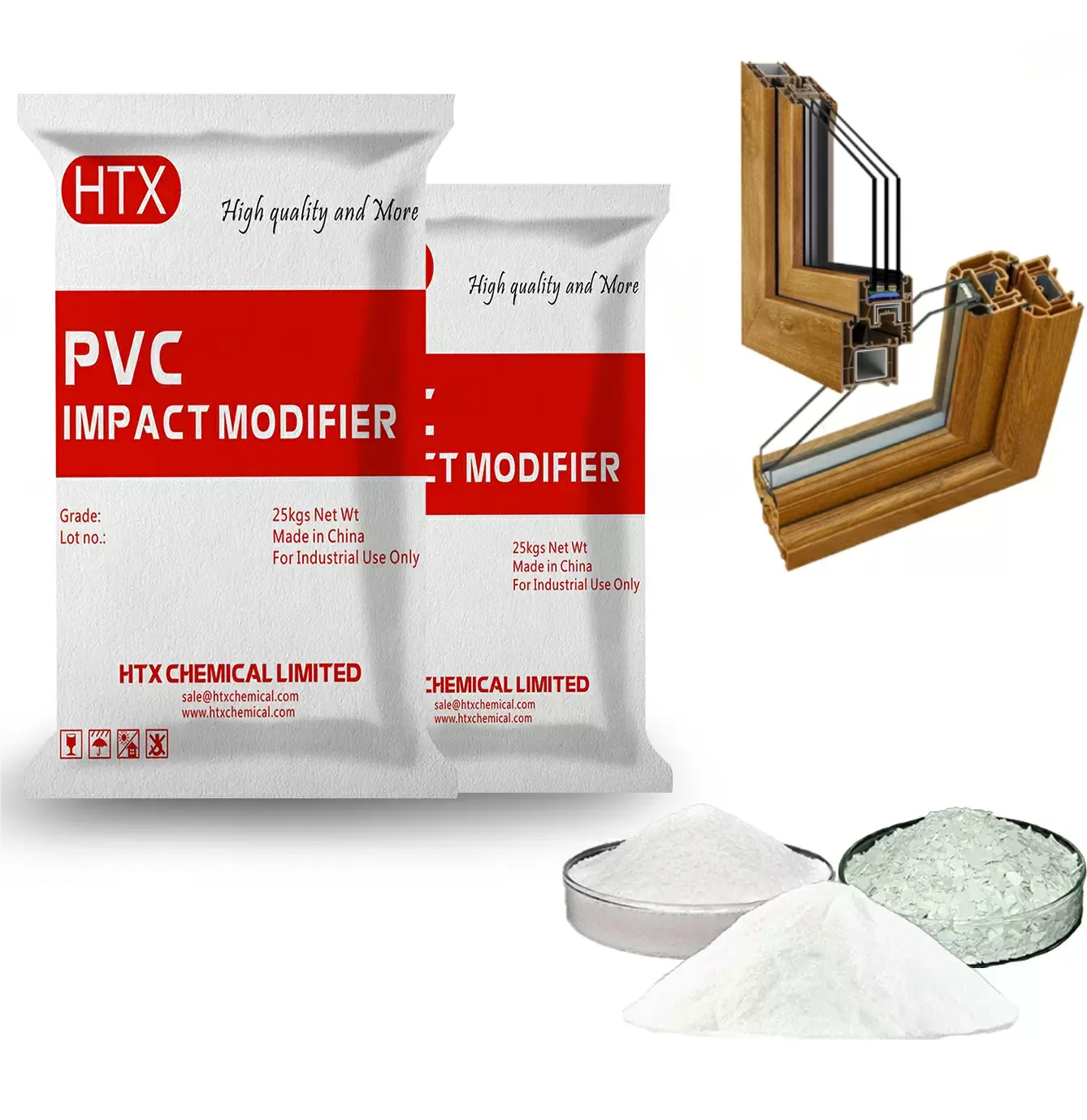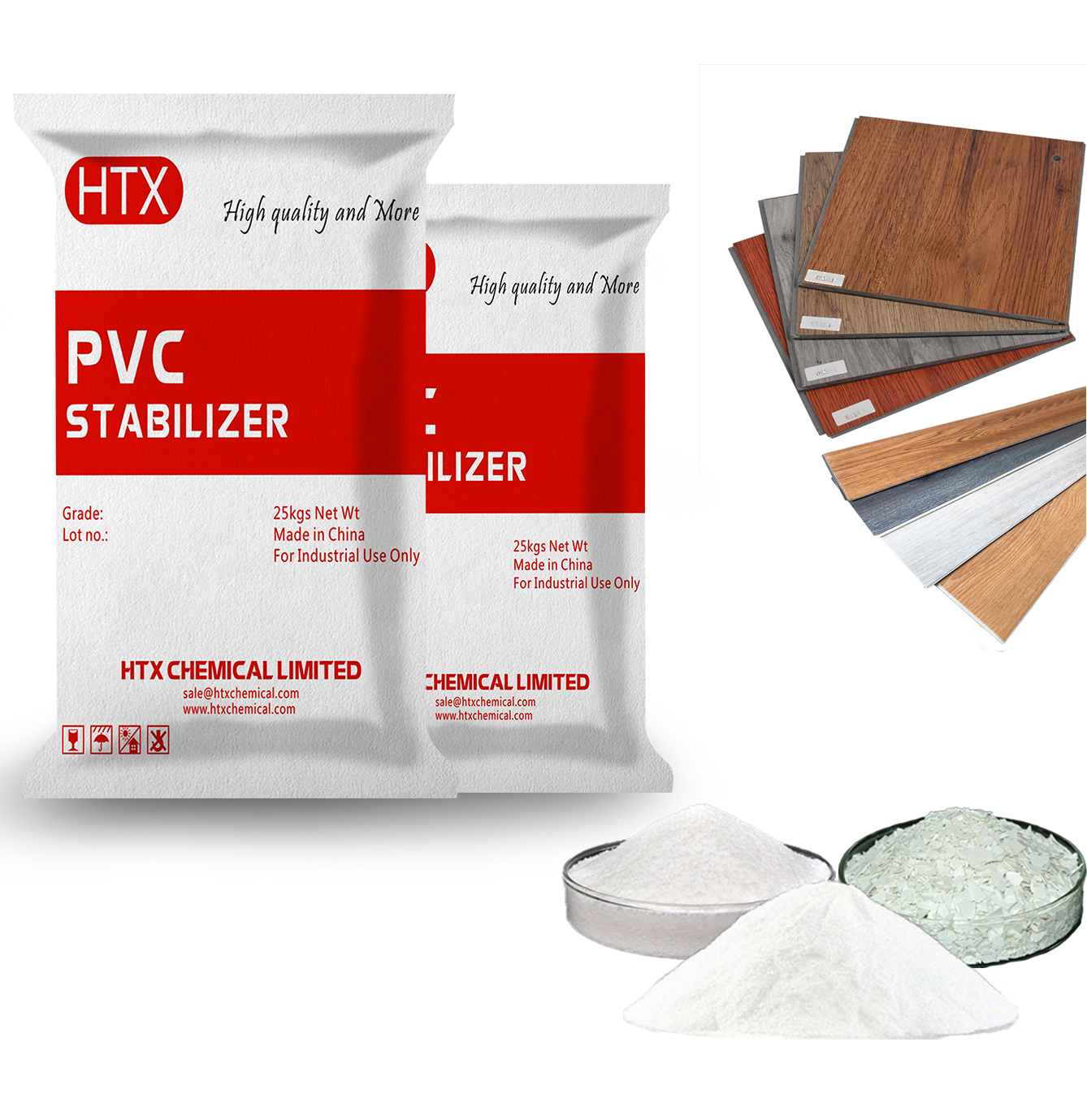Products
Tel : +86-15165238399
Email : sale@htxchemical.com
Add :Unit D, 16/F, One Capital Place, 18 Luard Road, Wan Chai, Hong Kong.999077
Factory :No.2 Qinglongshan Road,Yiyuan Ecnomic Development Zone,Zibo,Shandong,China.
Product Details
Chlorinated Polyethylene, often referred to as CPE, is a polymer derived from High-Density Polyethylene (HDPE) through partial chlorination. The introduction of chlorine atoms grants CPE a degree of softness and rubber-like properties. Moreover, it transforms CPE into a polar polymer with polar groups akin to PVC, bolstering compatibility with PVC.
CPE functions as an accelerator in the PVC plasticization process. As the CPE content increases, the plasticization time is reduced, while the plasticization torque and equilibrium torque experience an uptick. Simultaneously, the viscosity of the plasticized melt rises. With an increasing degree of chlorination, the original crystalline HDPE gradually transitions into an amorphous elastomer, further enhancing CPE's adaptability for PVC modification.
Key Benefits of CPE
Beyond its toughening properties, Chlorinated Polyethylene offers a wide array of advantages.CPE exhibits remarkable cold resistance, making it ideal for applications where exposure to low temperatures is expected. Additionally, it boasts weather resistance, fire resistance, and chemical resistance. These attributes collectively make CPE a leading impact modifier, In China, where it finds extensive use especially in PVC pipe and profile production.
According to different applications,the grade include CPE135A and CPE135B.
In CPE135A, the first digit '1' signifies that the residual crystallinity (TAC) falls within the range of 0-10%, while the following '35' denotes a chlorine content of 35%. The final letter 'a' represents the molecular weight of the base polyethylene.
CPE135B, is derived from specialized polyethylene subjected to chlorination.



